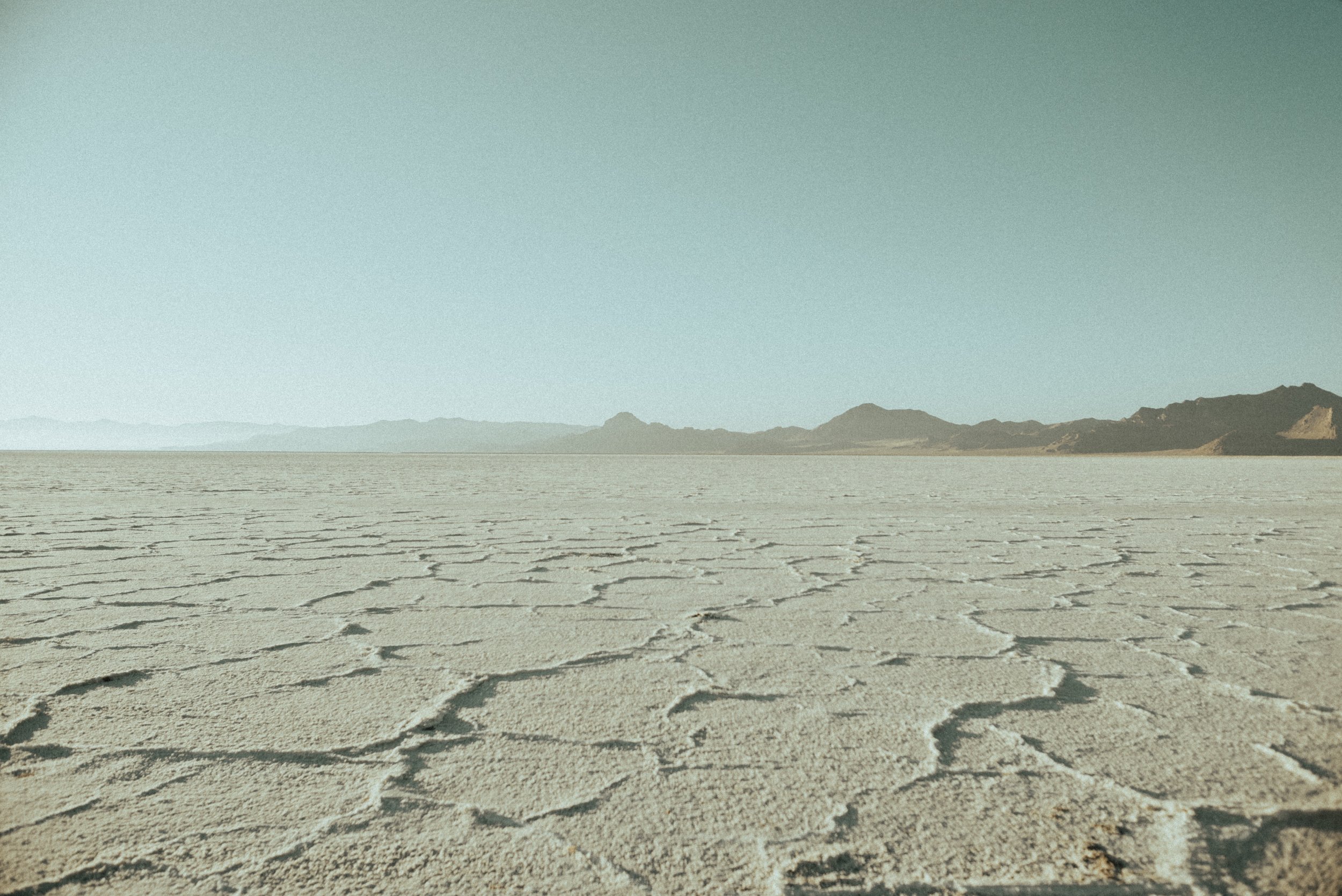Church in the Utah Desert
Written by: MEGAN STONE
I spent a night in the Utah west desert with friends and it was magical. Utah is known for a lot of outdoor spaces, most of them majestic. The mountains are world-famous for winter skiing, the southern rocks are famous for their delicious red hue, people come from around the world for the national parks as well as the state parks, and it is all diverse and unbelievably beautiful. But most would scratch their heads at wanting to visit the west desert. It is incredibly dry and colorless, some places even sagebrush struggles to grow, and the only thing that seems to be most plentiful is the sand flies. What would draw a person to such a harsh barren place when they are surrounded by natural wonders? One would ask that all day long until the sun sets and then it would become clear. The night sky.
Fifty miles away from the closest civilization, this spot in the Utah desert becomes a conduit into the heavens, a viewing station for the cosmos. Living over 100 miles from this spot I struggle to see even a few stars in the sky at my home in the Salt Lake Valley— the light pollution is too intense (particularly at my house where both next-door neighbors keep their porch lights on all night.) But lying under the black blanket of sky on the hard earth took my breath away at the sight of the Milky Way, stretched like a net of light over us and giving us a connection to the space outside our little green planet you can’t get during the daytime.
Our little group brought various “party favors,” including Mad Hatter mushrooms (an Albino B+ variety producing strong visuals and spiritual experiences) and MDMA, which creates intense social connections, and partook of this sacrament under the already dark sky. It didn’t take long to take effect. We took a walk away from our fire, blankets, and tents to stand under that netting of stars, and about 15 minutes after partaking we started to see constellations. Not the individual stars that you see on a map, but the lines that connect them. We imagined ancient ancestors who named these constellations taking mushrooms and seeing the same lines, forming images in the sky that don’t really make sense when all you see are stars. But when these special plants growing in the earth get inside you they show you how to connect the stars and how to connect yourself to the earth. Then the MDMA shows you how to connect with each other. We sat in the packed dirt, holding hands in a circle and feeling the pressure inside our bodies as chemicals were released in our brains and the journey began, giggling occasionally, but mostly expressing love for each other and the wonders of the stars above us.
Eventually we made it back to our camp (we had left lots of glowing red lights to guide our way) and collapsed in piles of blankets, continuing to cuddle and connect in deeply intimate ways, fully platonic and fully with love. We talked of Mother Earth and our connection to Her, we talked of love for our children and spouses, we talked of love for each other— and we watched love grow like a beautiful garden around us, filling that barren desert with life until there was room for nothing but love.
Having a magical, spiritual experience like that makes it difficult to see why these substances are illegal or considered dangerous. They are a tool, and like any tool can be used incorrectly. But when used properly the correct tool can be used to create art or to make a hard job flow seamlessly or to accomplish things that can’t be accomplished by hand. It’s hard to imagine anyone thinking these things have no medicinal value or use, particularly after experiencing them in such a spiritual way. It has been a few days since then and I have continued to be filled with love for people around me. And I can only imagine how much more beautiful human civilization would be with more people experiencing that kind of connection and recognizing the things that are important— the planet, each other, life. I will continue to be a proponent of decriminalizing and legalizing these substances, and now I’m also a proponent of the Utah desert.

